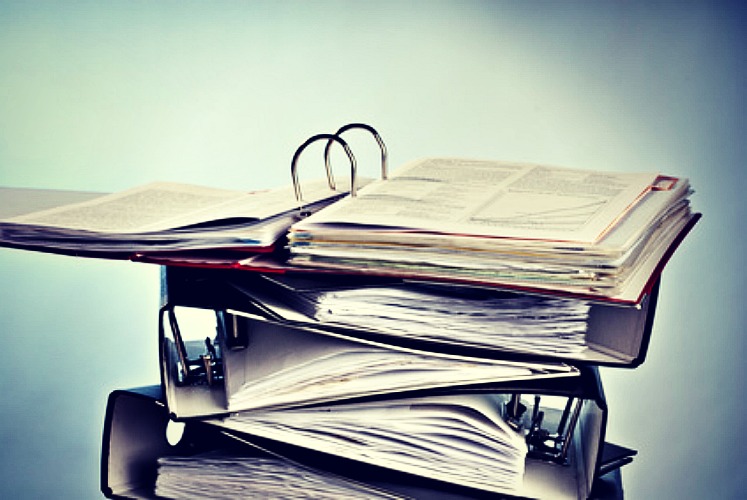Last Updated on Mar 6, 2020 by James W
Making a financial binder is not perhaps top of everyone’s priorities, but is an important part of protecting an individual’s financial information. A financial binder is a folder of information created to keep a person or a family’s information safe. It contains the summary of bank accounts, financial decisions, incoming and outgoing expenses as well as savings goals and credit status reports. Whilst some people would prefer to do this on a computer or in a format other than the binder, there are a number of advantages to the humble folder. They can be easily expanded and customised to reflect an individual’s unique situation. They are also a useful way of keeping everything in one place to be reviewed at various points.
The dispute between paper and digital systems is one which will likely continue for a long time. The binder is likely to contain printed copies of a number of documents which were originally created on a computer. When printed and dated, these create a fixed point in time which is important for future referencing. Moreover, backing up the digital copies is an essential part of computer management which many people neglect. Inadequate back-up systems are a common cause of lost data.
There are some pieces of information which are important to have in the binder. The main one of these is a statement of a person’s net worth. This can be difficult to put together but also very useful for other calculations. To create a net worth statement, first of all list all of the assets which are possessed, with the value of each one. Start with a list of bank accounts, accounts of investments, and an approximate value of the house and any other properties. If it is difficult to list the value of properties, list how much was paid for them in the first place. Over time, every time you return to the binder more features will become added to this list. Cars and other vehicles, significant jewellery items or electricals can get added to the list with their values. There are a number of websites on the internet which can help with providing an approximate value for items if you are unsure of their worth. When the list is complete, create the total. This is the value of total assets in your possession.
Then, it is important to go on to calculate the value of all liabilities – debts. Mortgages, loans, credit cards, car payments and any other money owed should be listed. Add up the total to come to the total liability figure. When this is subtracted from the total asset value, the resultant figure is a person’s final net worth. This will change over time, as debts are paid off and assets are accrued, so it is useful to look on this statement to gauge progress. For most people, this statement can be updated quarterly.
Other items in the binder are more flexible. A good starting point is the budget. For people who create a monthly budget, this can be printed and filed into the binder to provide a record of expenditure. Being able to compare to other similar months can help with budgeting and comparing the changes in expenditure over time. A list should also be kept of the regular bills, such as electricity, gas or telephone bills. A list will ensure that these bills are always paid on time and that there is always going to be sufficient money in the account so that these will be paid. On the list, make sure that it states the company to whom the bill is paid, the date each bill is paid, and the amount or range within which it usually falls. It is also important to note which payment method is used for each bill.
Keeping a current list of bank accounts is also very important and useful to have in the folder. Many people open ISAs or savings accounts with banks when they are offering a special rate but then forget that those accounts are open. A concrete list will help to manage money. In addition, where these use online or telephone services, listing usernames and passwords will also ensure that there is a record of these should one party be ill or incapacitated in some way.
Finally, the more personal element of each financial binder are the savings goals and other points of discussion. It is recommended to list goals for the short and medium term as well as in the longer future, especially if these are built on communication with a spouse. Having a written signed record of what has been agreed can be helpful when making future decisions. An easy frame of reference is to have short term financial goals being those items under £250 which can be bought within a few months of saving. This list can be flexible, changed regularly, and referred to when there is additional money. Medium term goals are holidays, furniture items and things which generally take between one and five years in savings, whilst the long term goals might be retirement, house purchases or college savings for children.
Posted on behalf of Sky Loans – a homeowner loan provider in the UK offering finance to people with a wide variety of credit histories.





